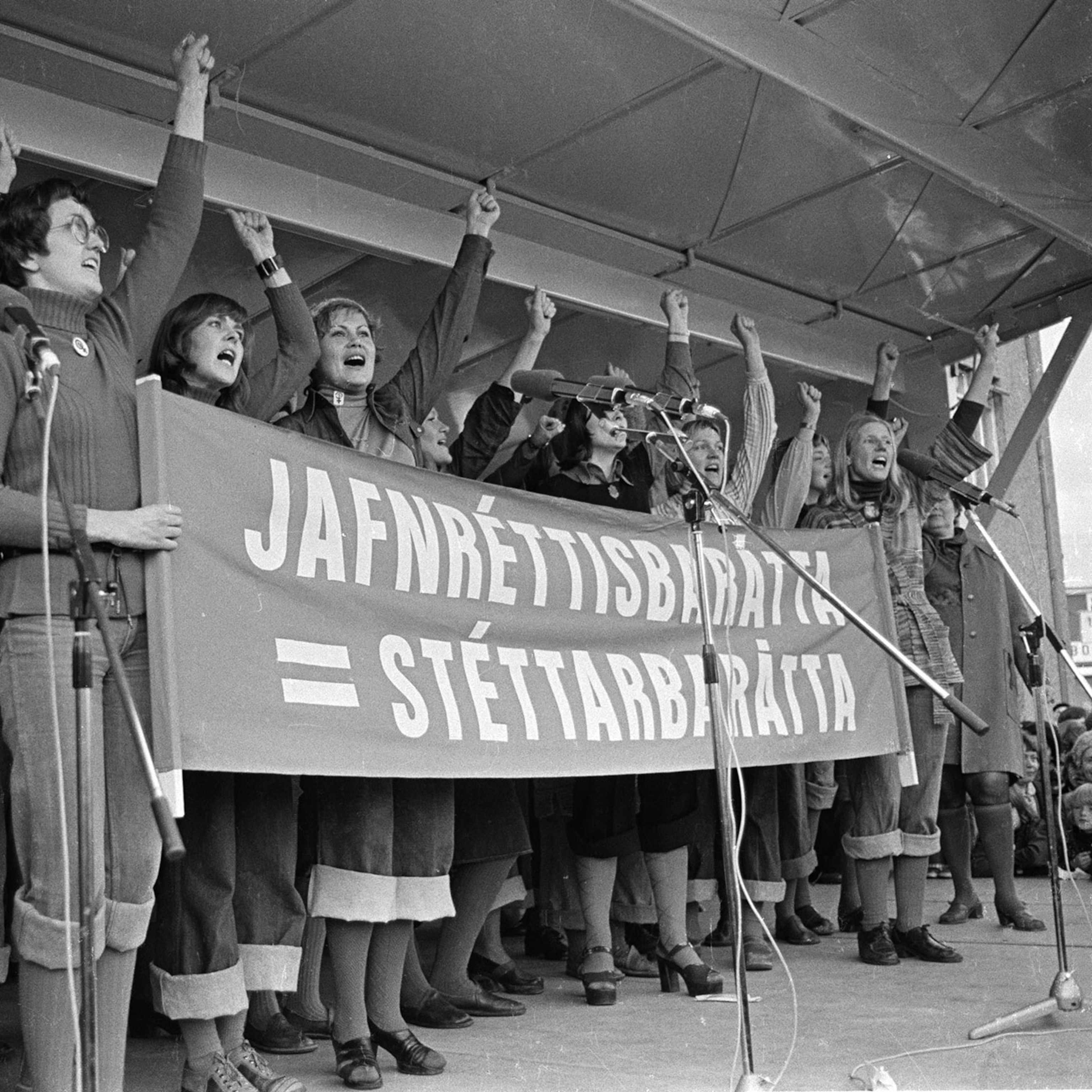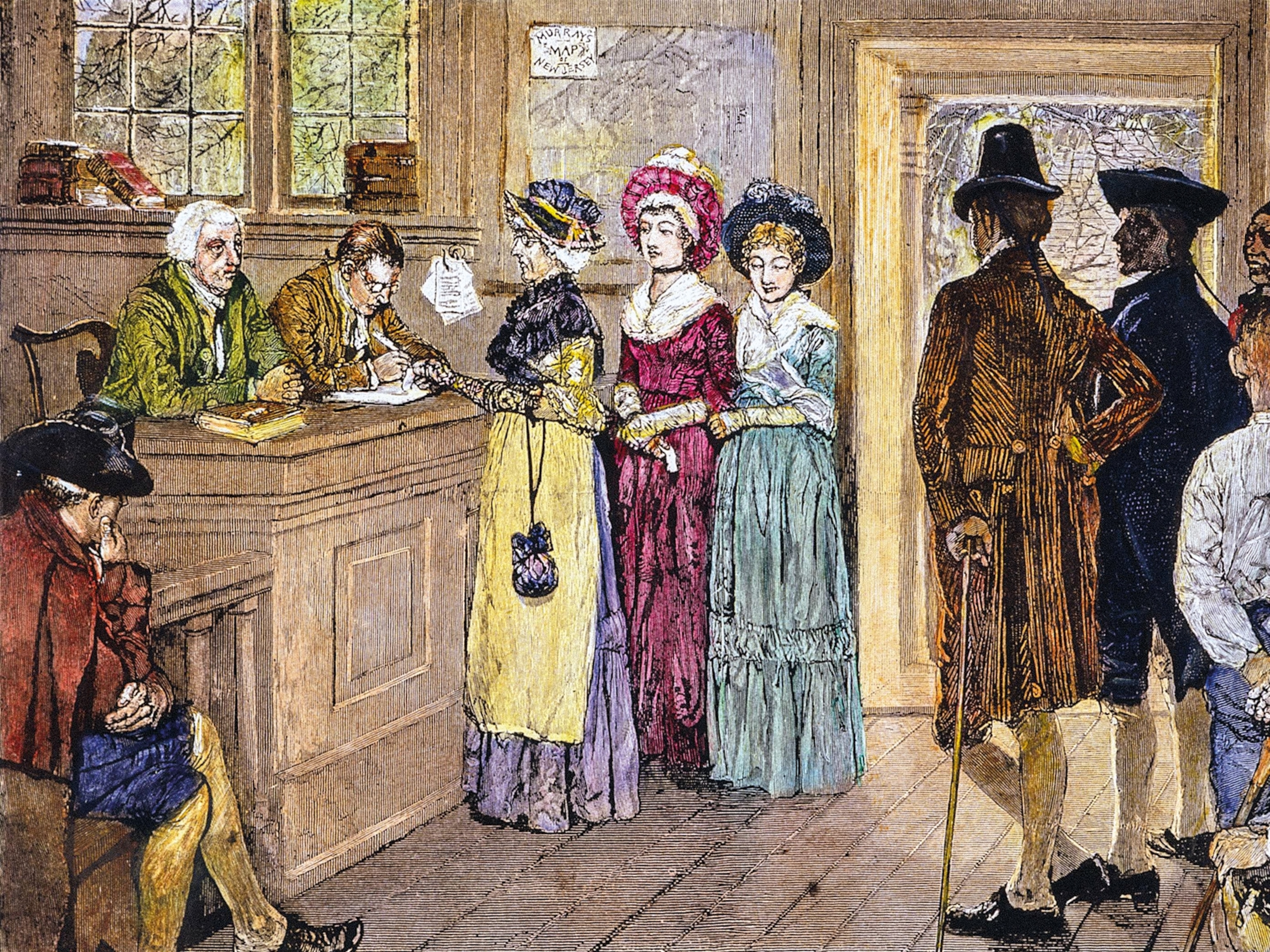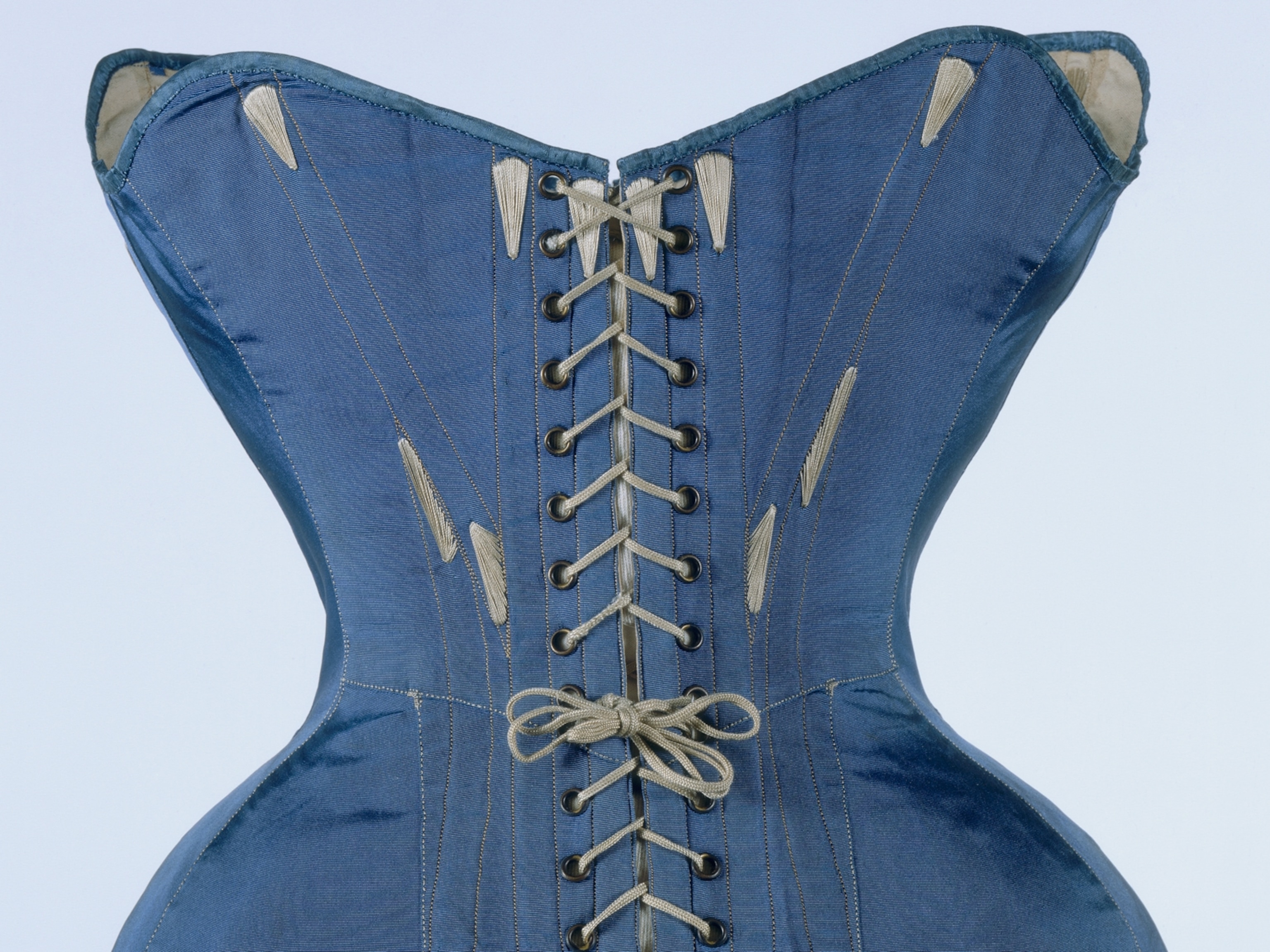
'Women's Rights are Human Rights,' 25 years on
Hillary Rodham Clinton’s speech at a UN conference propelled this idea into the mainstream after centuries of society sidelining gender equality as “women’s issues.”
When Hillary Rodham Clinton approached the podium at a United Nations conference on women in September 1995 in Beijing, she faced an uncertain audience. Only a few people had read the speech, which was a well-guarded secret even to high-ranking members of the president’s cabinet. “Nobody knew what to expect,” recalls Melanne Verveer, the then first lady’s chief of staff, who later served as the first U.S. Ambassador for Global Women’s Issues when Clinton became secretary of state.
Twenty-five years later, a single phrase from Clinton’s speech has entered mainstream parlance: “Women’s rights are human rights.” The concept wasn’t new. But the excitement and energy that Clinton’s speech generated at the Fourth World Conference on Women helped elevate the idea to one that fuels modern feminism and international efforts to achieve gender parity.
Women’s rights advocates have long argued that gender equality should be a human right—but were thwarted for years by those who claimed their rights were subordinate to those of men. During the infancy of the American feminist movement of the 1830s, abolitionists and women’s rights advocates tussled over whether it was more important to seek freedom for enslaved people or equality for women. As women pushed for their rights to vote, access educational opportunities, and own property, male abolitionists like Theodore Weld urged them to wait, arguing that they should first fight for the abolition of slavery as a matter of human rights.
Some women, such as educator Catharine Beecher, argued that women deserved rights because of their morality—as they were uniquely positioned to edify and enlighten men—not their humanity. She cautioned that their roles in public life should not extend into equality in the home. In response, abolitionist and women’s rights advocate Angelina Grimké wrote, “I recognize no rights but human rights,” noting that a society that didn’t give women power or a political voice violated their innate human rights. She was just one of a group of women who invoked the idea throughout the 19th century. (Grimké later went on to marry Weld, who was her mentor.)
In the 1970s, the idea resurfaced as so-called second-wave feminists, who believed women should have access to full societal and legal rights, attempted to put women’s rights on the international agenda. In many countries, there was no consensus that women had a right to equal partnership in marriage, power over their finances, an equal education, or a life free of sexual assault or harassment. Between 1975 and 1995, the United Nations convened four landmark Conferences on Women that made gender parity a global priority. (Here are the best and worst countries to be a woman.)
The first conference, held in Mexico City in 1975, recognized women’s equality. Eighty-nine of the 133 nations that participated adopted a framework to help women gain equal access to all facets of society; several western nations abstained, and the United States opposed the framework. In 1980, a follow-up conference in Copenhagen called for stronger protections for women, with an emphasis on property ownership, child custody, and a restructuring of inheritance laws. A third in Nairobi in 1985 called attention to violence against women. But though these conferences brought women’s issues to the international stage, each one fell short because of a lack of consensus and failure to implement the adopted platforms. By 1995, global women’s leaders had agreed it was time to create an action plan to guarantee equality for women.
Slated for Beijing in September 1995, the Fourth World Conference on Women took place in an atmosphere of intense international condemnation of the host nation’s treatment of its own citizens. Human rights groups and governments criticized China’s history of political imprisonment, torture, detention, and denial of religious freedom. The nation’s one-child policy, which put family planning decisions under state control, came under particular fire.

News that Clinton would attend and speak at the meeting prompted an American outcry. “There were serious efforts not to make [the speech] happen,” Verveer recalls. “You had a cacophony of voices that were trying to keep this from being meaningful or successful.” The first lady faced outrage from human rights advocates who objected to the China visit on principle, conservative politicians who disapproved of her outspoken feminism, and people who worried the speech could threaten the bilateral relationship between the U.S. and China.
“I wanted to push the envelope as far as I could for girls and women,” Clinton said in a virtual public event hosted on September 10 by the Georgetown Institute for Women, Peace and Security, of which Verveer is the executive director. (A century after women’s suffrage in the U.S., the fight for equality isn’t over.)
On September 5, 1995, the second day of the conference, Clinton took the podium in front of representatives from all over the world. As Clinton spoke, Verveer watched the delegates’ faces closely. The speech cited a “litany of violations against women,” including rape, female genital mutilation, dowry burnings, and domestic violence—which Clinton labeled as human rights violations. She excoriated those who forcibly sterilized women and condemned those who restricted civil liberties, a jab at China, which restricted news coverage of the event.
The room was “filled with women who were in the trenches of those issues,” says Verveer. “The audience was completely pulled into their struggle.” The mostly female delegation applauded and cheered during the 20-minute speech, sometimes even pounding their fists on the tables to underscore their approval.
“The reaction was extraordinary,” Verveer says. On September 15, the phrase “women’s rights are human rights” was unanimously adopted as part of the Beijing Declaration and Platform for Action, which defined 12 areas—including education, health, economic participation, and the environment—in need of urgent international action. The document still governs the global agenda for women’s issues and is credited with helping narrow the education gap, improve maternal health, and reduce violence against women. (Around the world, women are taking charge of their futures.)

Today, the idea that human rights and women’s rights are synonymous is considered mainstream. “I have rarely seen a single message carry such [an] important meaning and have such a durable life,” former Secretary of State Madeleine Albright said at the Georgetown Institute for Women, Peace and Security event commemorating the anniversary.
But the work of gender equality is not yet done—and 25 years after Beijing, women still face systemic inequities and gaps in terms of safety, economic and political mobility, and more. “Girls need to know that they stand on the shoulders of other people who struggled to gain the rights they enjoy today,” says Verveer. “They need to play a role in ensuring the work goes on. There has been progress, but there is a long journey ahead.”








